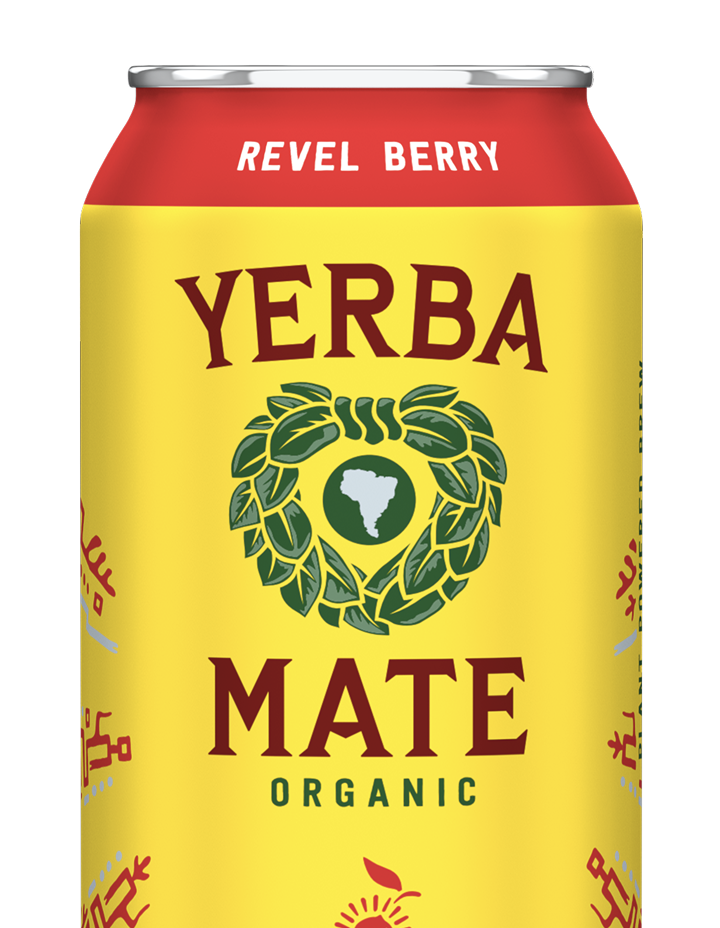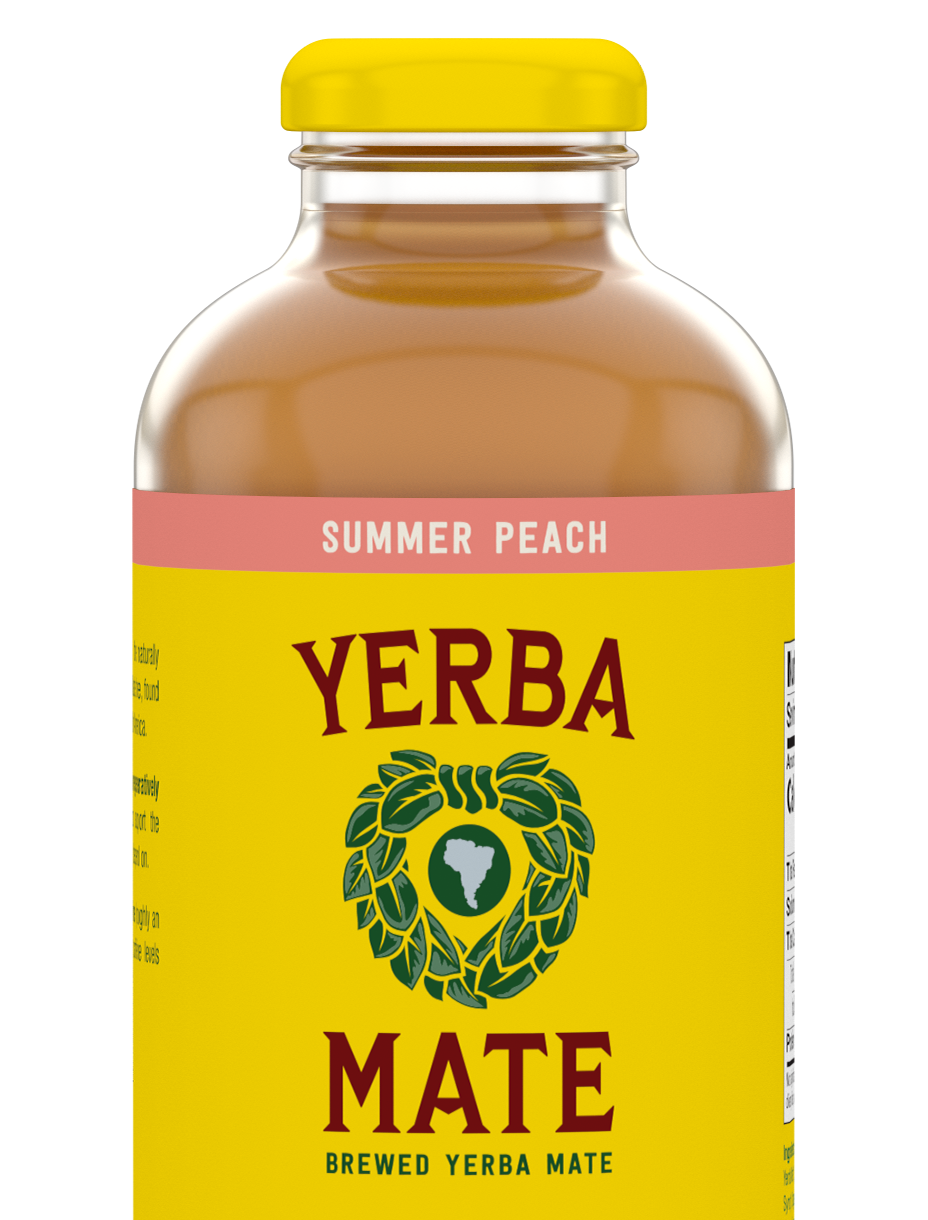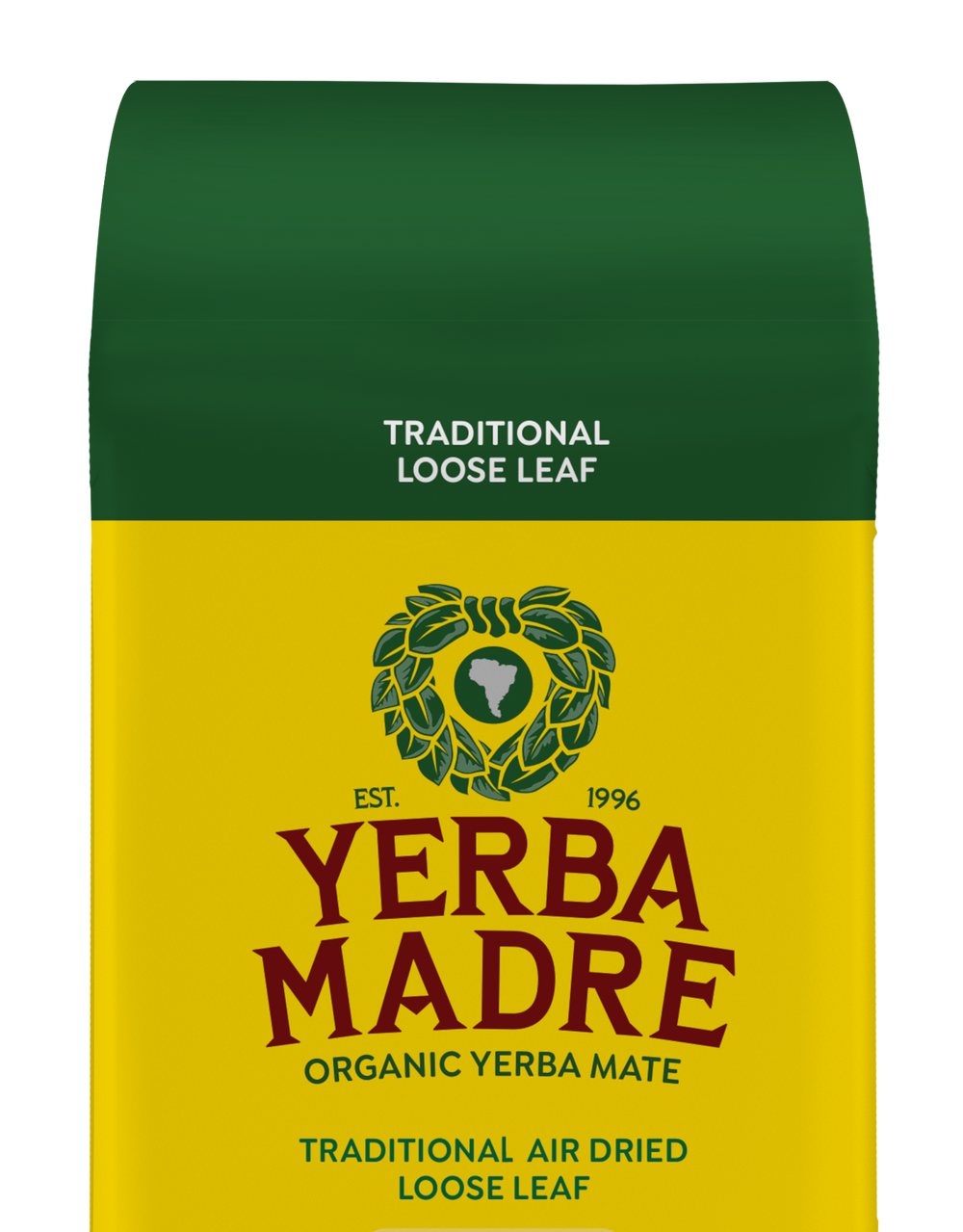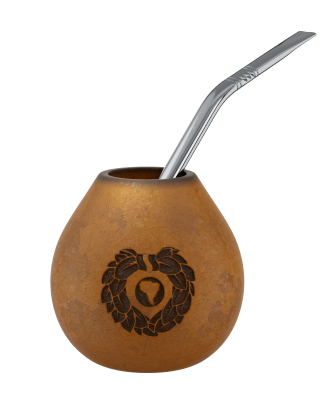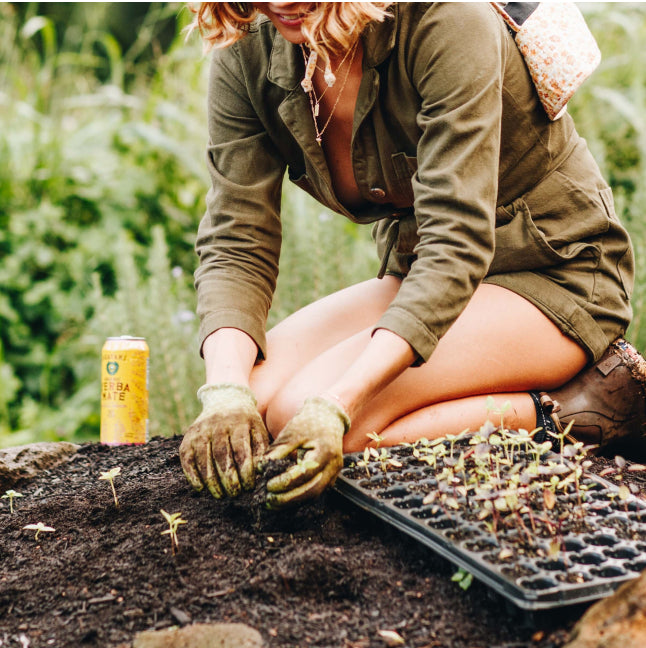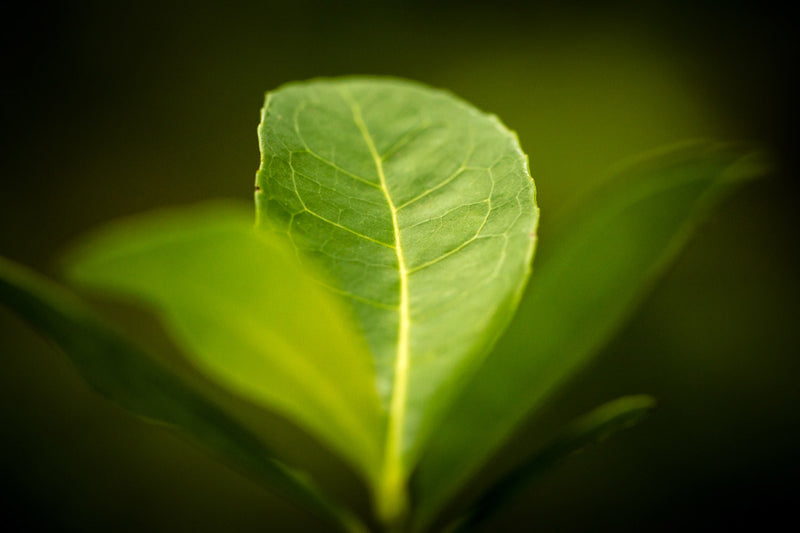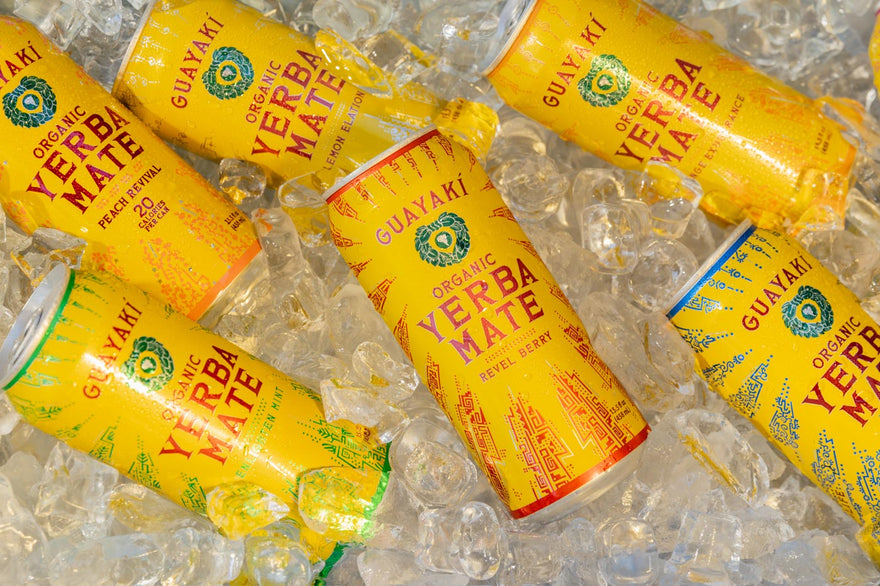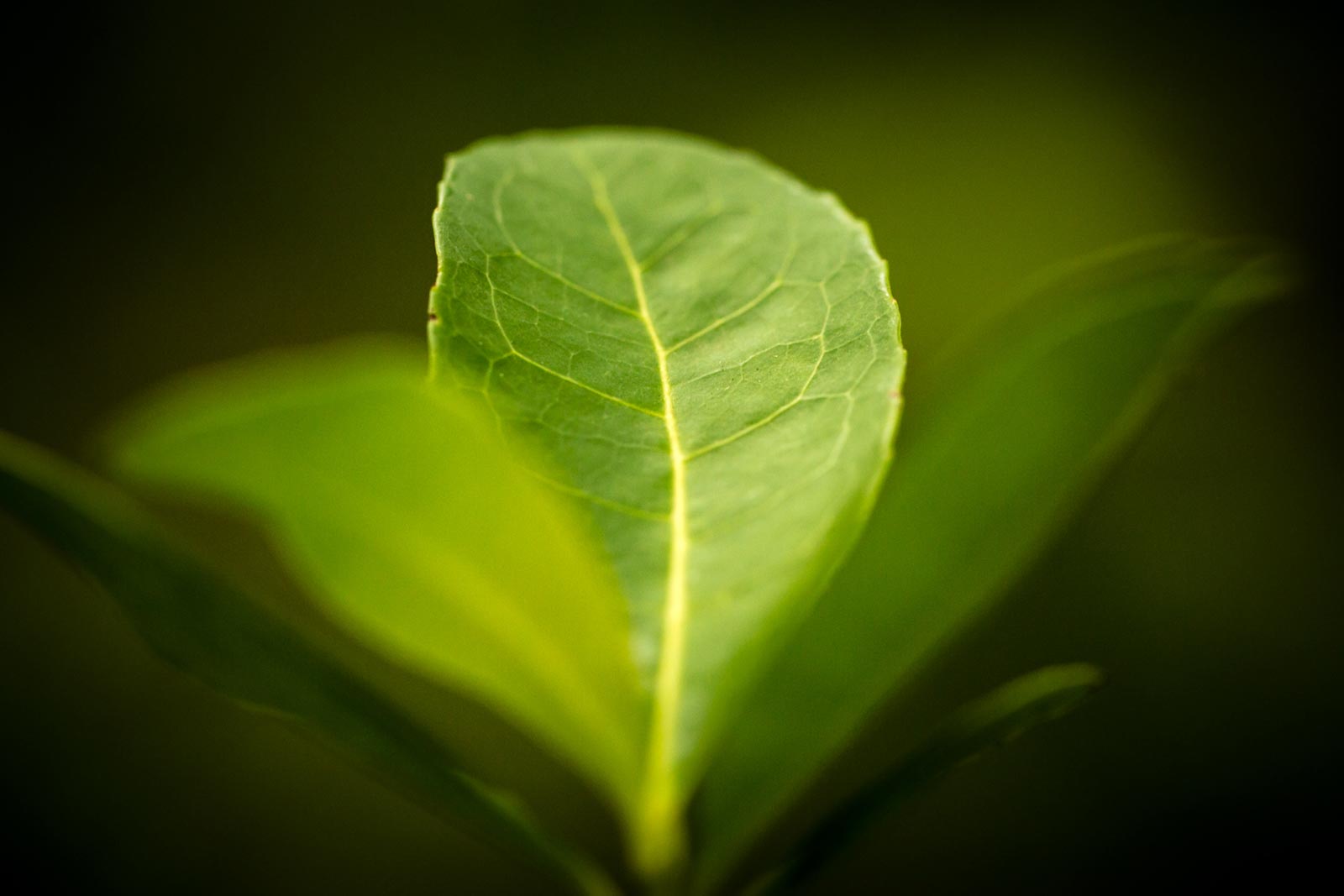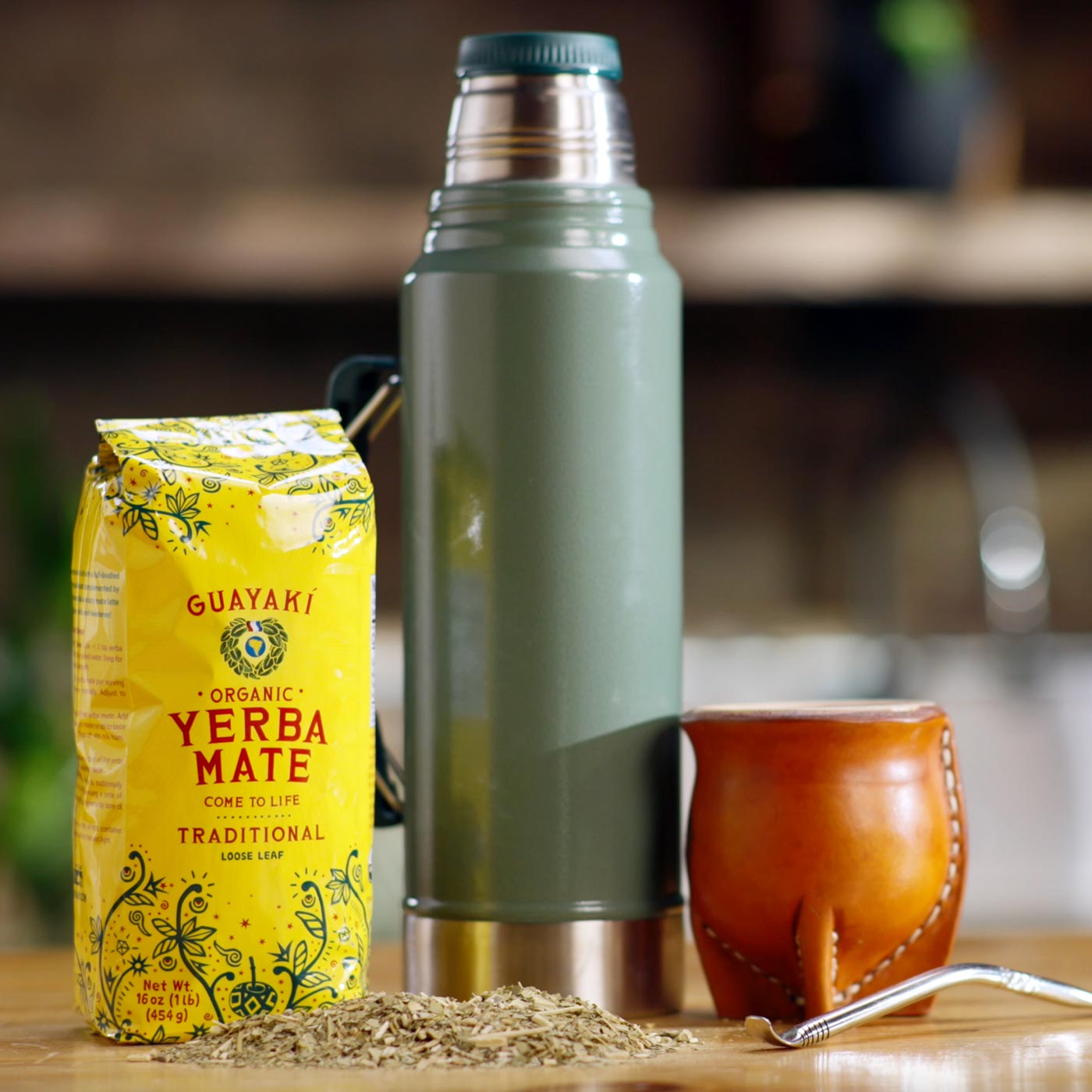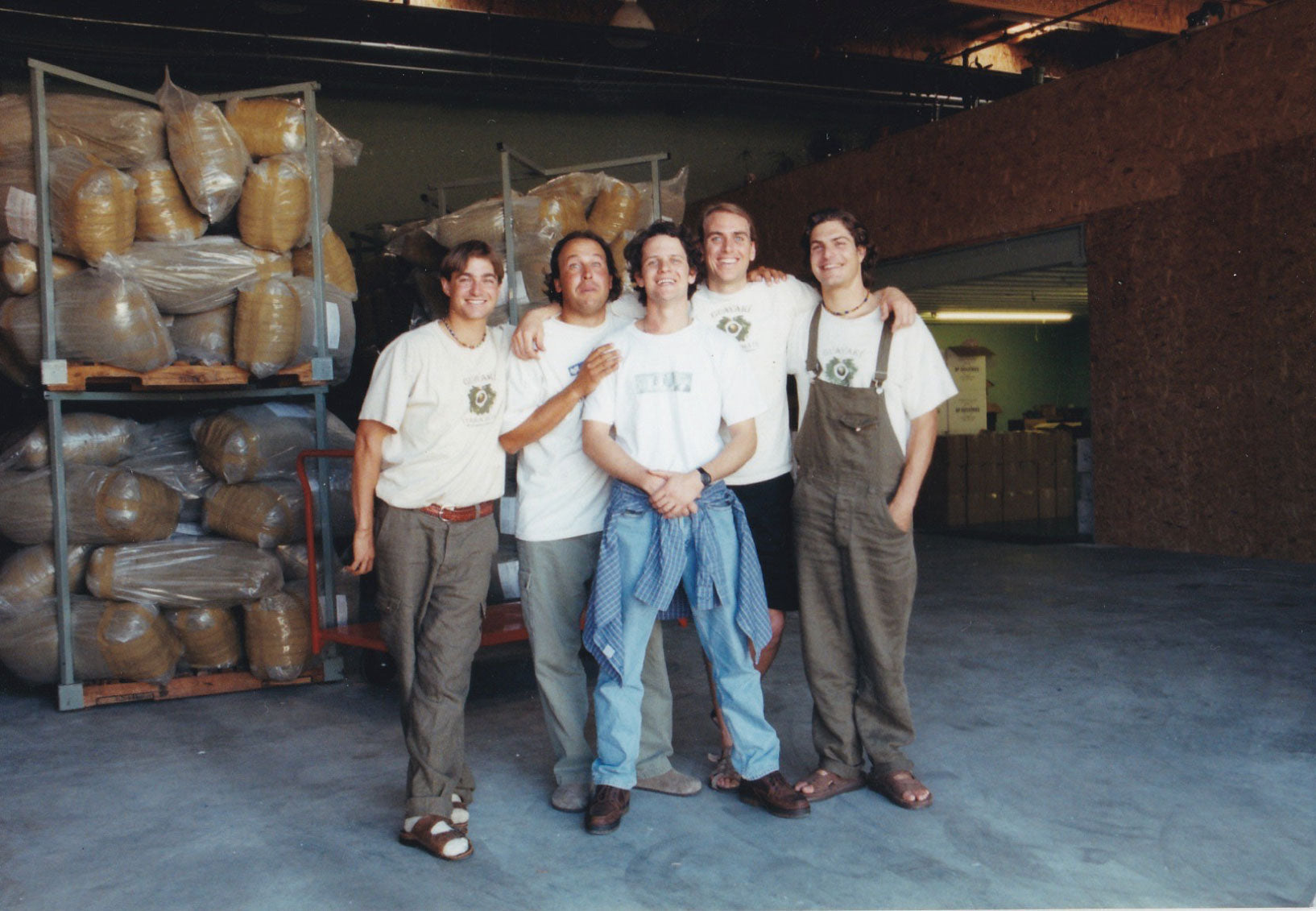Loyalists say it boosts mental clarity and vitality.
Article by Susan Choung, Published July 3, 2025

WHITEBALANCE.SPACE
I swapped my usual tea for yerba mate before a competition — and played the best tennis of my life. Experts explain how this South American herbal drink may enhance endurance and sharpen focus. Learn how to safely incorporate yerba mate into your workout routine.
I have been competing in USTA (United States Tennis Association) Leagues for almost a decade. During one recent showdown, I discovered the sweet spot isn’t on my tennis racket — it’s in a cup of yerba mate. My opponent was a crafty, hard-hitting baseliner who out-maneuvered me two weeks prior. This time, I won 6-1 7-5.
“You were like Carlos Alcaraz out there,” my opponent said with awe and annoyance in equal measure. Yeah, I’d be annoyed, too, if I were her. That day, I was seeing the tennis ball like a giant grapefruit, making highlight reel–worthy shots that would normally be an error fest. I maintained high energy throughout the match and had such clear intent on strategy, I was practically on autopilot.
So what made the difference? I chalked up my success to pre-gaming with yerba mate. I’d been sent a stash from Guayakí (now rebranded as Yerba Madre) ahead of a press junket to their South American groves. I brewed up a pot and drank three cups of it before match time. As a result, I stepped onto the court humming with caffeine-fueled energy, without the crash of coffee.
My hunch was that yerba mate was the secret to my success but can science provide the factual receipts? I reached out to sports and nutrition experts to weigh in.
What is yerba mate?
While it looks and tastes like an earthy green tea, it isn't a true tea like the green and black varieties, which come from the leaves of Camellia sinensis. Yerba mate (pronounced YER-bah MAH-tay) is the dried leaf of a South American holly tree native to the Atlantic Forest. When steeped in hot water, it’s considered a tisane or herbal infusion — similar to chamomile or peppermint — but with one major difference: it's naturally caffeinated.

ALEKSANDR_VOROBEV
TRADITIONAL PREPARATION OF YERBA MATE IN A CALABASH GOURD WITH A BOMBILLA

NATATRAVEL
A BOMBILLA, THE TRADITIONAL SPOON-STRAW FOR SIPPING YERBA MATE
“Yerba mate is part of our daily life here in Argentina and across South America,” says Rocio Bermudez-Pose, Senior Manager of Impact at Yerba Madre (the yerba mate brand formerly known as Guayakí). Traditionally, she explains, “you brew the dried leaves and smaller branches in a gourd and sip through a metal straw called a bombilla, often passing it around and sharing.” While it contains caffeine, Rocio emphasizes the cultural aspect: “It's a drink and a ritual that helps you focus and connect.”
Yerba mate and athletic performance
Beyond its communal ritual, the same brew is getting attention for its potential exercise-enhancing benefits. “There is evidence suggesting yerba mate may support endurance and stamina, primarily due to its caffeine content and antioxidant properties,” says Amy Stephens, M.S., R.D.N., CSSD, CEDS, Sports and Eating Disorder Dietitian for NYU Athletics.
She says that caffeine is a well-established aid to enhancing physical performance. “When taken about an hour before exercise, caffeine can reduce the perception of effort, allowing athletes to train or compete at greater intensity for longer.”Caffeine helps improve endurance by saving your body’s glycogen and getting it to burn more fat instead. That’s a big deal during endurance activities because your glycogen — the quick energy stuff — runs out pretty fast, usually after about 90 minutes of hard effort. Once that’s gone, it’s tough to keep up the same pace and your body has to slow down and start using fat for fuel, which isn’t as quick or efficient. So caffeine kind of helps stretch out your energy reserves.In fact, a 2018 study found that trained cyclists who consumed yerba mate before a moderate-intensity ride experienced a 23% increase in fat oxidation. “This metabolic shift is beneficial for any endurance sport lasting longer than 90 minutes, where preserving glycogen is key to maintaining performance,” she says. In effect, she adds, yerba mate enhances the body’s ability to use fat as a fuel source, especially during longer bouts of aerobic activity. This can delay fatigue and support longer duration efforts — like half marathons, long training sessions or cycling events.

JUAN MAROMATA
GLOBAL SOCCER STARS ARE OFTEN SEEN WITH A GOURD IN HAND
This physiological edge is no secret in South America, where soccer players have been reaching for the gourd for generations. “You’ll see it on buses, in locker rooms and before matches,” says Bermudez-Pose, pointing to soccer stars like Lionel Messi and Neymar. “It gives steady energy, helps you focus and keeps you calm.” But she adds that drinking it isn’t just about helping with physical performance: “Sharing mate is a team ritual. It creates a sense of connection and belonging before the game begins.”
What is in yerba mate that can boost physical performance?
“Yerba mate contains caffeine, a stimulant with performance-enhancing properties including improved endurance and delayed fatigue,” says Dana Angelo White, M.S., R.D.N., ATC, certified athletic trainer and registered dietitian nutritionist. “It also delivers polyphenols that have antioxidant properties that can help protect cells and fight inflammation.”
“Yerba mate’s unique polyphenol profile is high in chlorogenic acids, giving it a high overall antioxidant capacity that’s on par with wines, orange juice and black tea,” says Kate Geagan, M.S., R.D., Food + Planet co-founder.
It also contains theobromine, which is also found in chocolate, that works synergistically with caffeine, explains Chris Mohr, Ph.D., R.D., an exercise physiologist and former consulting sports nutritionist for the Cincinnati Bengals. The result? “A distinct smooth energy ‘mate feeling’ yerba is known for.” Mohr says that this can be helpful during any activity, particularly while playing intense sports like tennis, where hand-eye coordination is key.Yerba mate can enhance alertness and concentration for sports and workouts
Picture caffeine as a neural gate-crasher, which can unlock a host of performance bonuses. “Caffeine works by blocking adenosine receptors in the brain, which suppresses the feeling of tiredness,” says Stephens. This effect can:
-
Increase alertness and reaction time
-
Reduce perceived pain and fatigue
-
Enhance neuromuscular coordination
-
Improve mental focus and drive
These combined effects can give athletes a measurable edge in both training and competition.
How to maximize yerba mate's benefits for peak performance
Think of yerba mate as your pre-game power-up, but know when and how you drink it matters. “Consuming yerba mate prior to exercise is what has been found to be effective,” says Stella Volpe, Ph.D., R.D.N., FACSM, ACSM-CEP, head of the Department of Human Nutrition, Foods, and Exercise at Virginia Polytechnic Institute and State University. But because of the caffeine, it's not for everyone, she explains — particularly those who are sensitive to stimulants or have other health concerns.
“Some research has shown that consuming yerba mate with carbohydrates may further enhance performance,” Volpe adds. “Though others have shown that yerba mate alone can help with exercise performance.” In terms of timing, for performance benefits, caffeine is typically consumed one hour before exercise, says Stephens.
How to prepare and drink yerba mate
You can sip it steeped in hot water, muchlike other teas. Or enjoy it cold-brewed, known as tereré , a refreshing style popular in Paraguay. In the U.S., you're likely to find it sold in tea bags or as ready-to-drink cans. In the last decade, sales of canned and bottled yerba mate has skyrocketed, making this drink one of the quiet success stories of the functional-beverage boom. Many of these cans offer up fun flavors, ranging from mint to mango-passion fruit and some with added carbonation and sweeteners, making the traditionally earthy tea more palatable to a new audience.
The best way to start drinking yerba mate
Before you start guzzling yerba mate, experts suggest taking things slow. “Try it several times to see how your body responds, ideally not on an empty stomach,” recommends Stephens. She notes that caffeine affects individuals differently.
To avoid building up a tolerance, Stephens also recommends cycling on and off. Specifically, stop taking yerba mate for a set amount of time so that its effects can fully wear off before starting it up again. “A washout period prior to competition usage can make caffeine's effects more noticeable when reintroduced,” she says.
Are there any side effects of yerba mate consumption?
Too much caffeine can backfire. According to Stephens, side effects may include:
-
Jitters or shakiness
-
Gastrointestinal discomfort (nausea, reflux, or diarrhea)
-
Anxiety or irritability
-
Insomnia
-
Increased heart rate
-
Electrolyte loss
“The recommended effective dose for athletic performance is 3 to 6 mg/kg of body weight, which equates to approximately 200 to 400 mg for a 70 kg (150 lb) individual — about the amount in a tall Starbucks coffee,” says Stephens. Note the caffeine content in yerba mate may varybased on steeping time (the longer it steeps, the higher the concentration of caffeine).
Testing your caffeine tolerance during training is essential to avoid any unexpected effects during a big race or competition. “Lately, I’ve also been paying closer attention to how caffeine affects electrolyte balance, especially since several athletes I work with have reported frequent leg cramping,” explains Stephens. This can happen in any sport, she says. “After reviewing their dietary intake, it became clear they were consuming caffeine throughout the day without adequately replacing the electrolytes lost in urine.”
Combined with physical activity, this imbalance can be amplified, she cautions. Her solution? “Try incorporating more electrolyte-rich foods and using electrolyte tablets when needed.”
Is yerba mate better than tea or coffee?
Not necessarily. “I wouldn’t say it is better — the impact of caffeine is more dictated by personal tolerance as well as how it is dosed,” says White. Sports nutrition studies agree: It isn’t the source of the caffeine that drives performance, but the dose and how accustomed you are to it. A 12-oz can of yerba-mate delivers around 140-160 mg caffeine — about the same as a medium coffee and twice that of most bagged green teas. What sets yerba mate apart is its unique blend of polyphenols and saponins, which may help reduce exercise-induced stress and support recovery.
What are the biggest gaps in current research on yerba mate and exercise performance?
“While early studies are promising, several key gaps remain in our understanding of yerba mate and athletic performance,” says Stephens. These include:
-
Lack of large-scale studies across various athlete populations, sports, and training intensities. It's unclear whether the benefits seen at moderate intensities apply equally to high-intensity exercise.
-
Gender-specific responses: More research is needed to determine whether yerba mate affects male and female athletes differently.
-
Limited dose-response data: The optimal amount of yerba mate for performance enhancement has not been well established.
-
Unknown long-term effects, particularly in athletes who use yerba mate regularly over extended periods.
-
Comparative effectiveness: It’s still unclear how yerba mate stacks up against other caffeine sources — like coffee, energy drinks, or caffeine supplements — in terms of both performance impact and potential side effects.
More robust, peer-reviewed studies are needed to fully understand yerba mate's impact on athletic performance and mental focus. In the meantime, though, you'll find me sipping on this drink an hour before a big match.
Essential Reads
1/3
